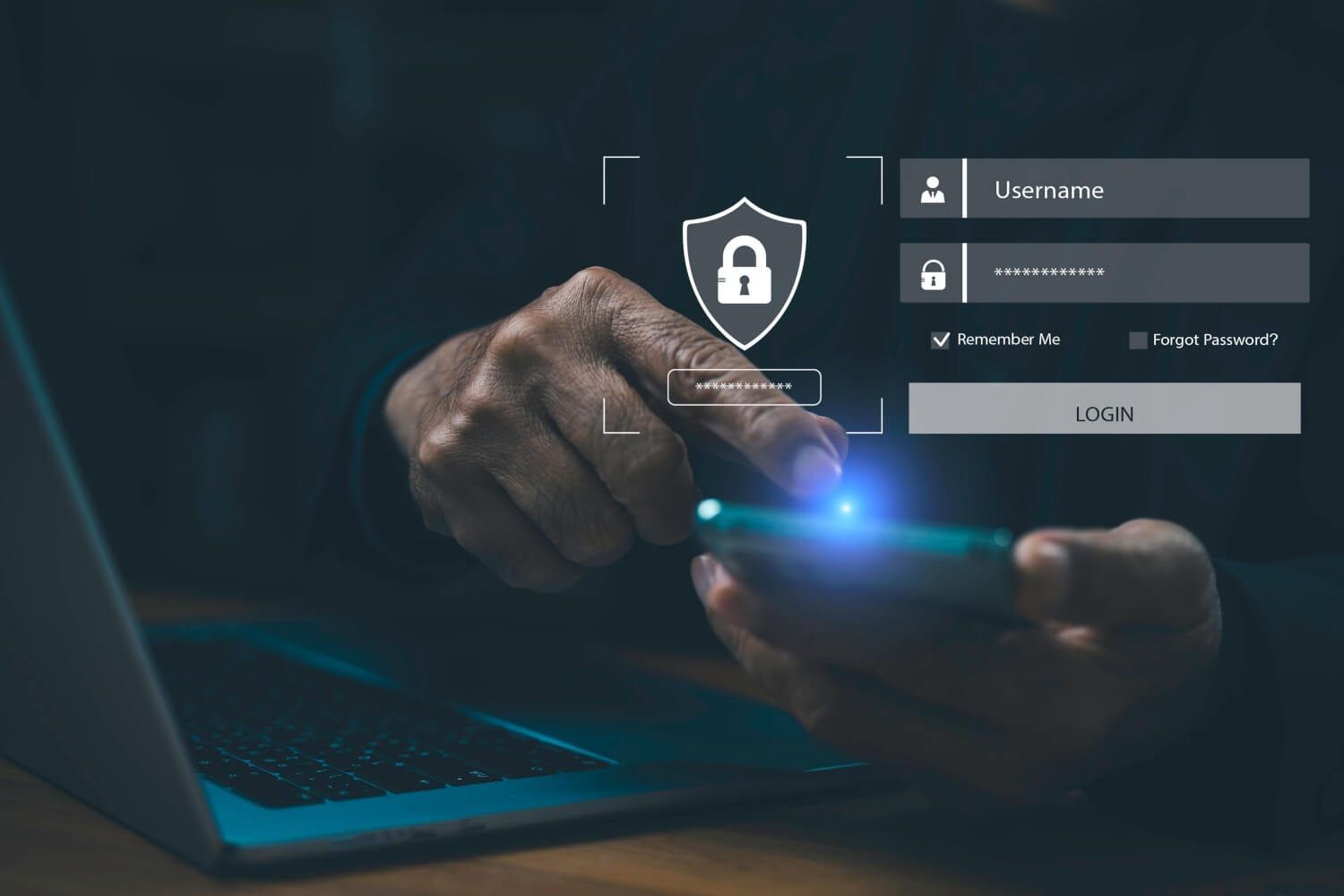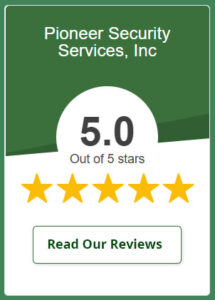According to the U.S. General Services Administration (GSA), open dashboards and data reporting tools strengthen public trust by providing timely, accurate information that allows stakeholders to evaluate agency performance. GSA’s FY 2024 Annual Performance Report highlights transparency as central to its strategic goals, reflecting the importance of accessible reporting. Supporting this, 52% of people across OECD countries express trust that their data are used for legitimate purposes, illustrating how transparent data use correlates with greater public confidence.
In this blog, we will explore how client access dashboards enhance transparency, why they matter in today’s business landscape, key features, industry applications, legal considerations, and best practices for luxury-focused organizations seeking both trust and exclusivity.
The Role of Dashboards in Driving Transparency
Transparency in business does not happen by chance; it is intentionally designed. Dashboards form the backbone of modern transparency strategies by transforming scattered datasets, fragmented communication, and complex metrics into clear, visual reports. They provide a single source of truth where clients and providers align their understanding without ambiguity.
Key Benefits of Dashboards
When designed effectively, dashboards do more than present data; they reshape how clients and organizations collaborate by offering clarity, accountability, and proactive insights.
- Real-time visibility into budgets, project progress, and compliance activities.
- Stronger trust through the removal of data silos and hidden gaps.
- Improved accountability as performance indicators are openly shared.
- Lower dispute rates since both parties rely on the same verified data.
- Proactive problem-solving with risks flagged before they escalate.
Dashboards reshape client relationships by eliminating the uncertainty of delayed reporting and opaque communication. They make openness operational, measurable, and consistent, a standard rather than an exception.
According to a National Academy of Medicine report supported by the National Institutes of Health (NIH), transparent data-sharing systems significantly boost stakeholder trust in high-stakes fields such as healthcare and research. Clear communication, ethical governance, and accountability foster collaboration and improve outcomes. Building and sustaining trust requires intentional effort and prioritizing the needs of patients and research participants.
How do dashboards immediately improve client trust?
Dashboards give clients direct visibility into the metrics that impact them most. Clients can verify progress independently instead of relying on verbal updates or delayed reports. This creates instant confidence, especially in industries where trust is fragile, such as finance or healthcare.
With this foundation set, the next step is to understand why transparency is more than just regulatory; it is also a powerful competitive advantage.
Transparency as the Foundation of Trust and Success

In business, trust is currency. Organizations that prove their commitment to openness through dashboards earn loyalty and differentiation. Transparency is no longer a “bonus feature” but a core factor driving client retention and reputation.
Competitive Gains from Dashboards
Here’s how dashboards deliver tangible competitive benefits:
- Retention advantage: Informed clients are less likely to switch providers.
- Market differentiation: In industries where secrecy is common, openness sets leaders apart.
- Higher trust scores: Transparency enhances post-engagement evaluations.
- Lower churn: Dashboards highlight and resolve issues before they become disputes.
- Premium positioning: Brands offering real-time visibility are seen as more credible and professional.
This OECD Government at a Glance 2025 report includes comprehensive statistics and analysis on public trust, governance practices, transparency, and public administration across OECD countries. The key statistic is that trust in national governments averages 40% but rises with transparent reporting and open data initiatives.
To unlock these benefits, dashboards must be designed with the right core features that drive clarity, usability, and compliance.
Strategic Features Behind Transparent Operations
Not all dashboards achieve the same impact. A system designed with superficial metrics or poor usability can frustrate clients instead of reassuring them. True transparency requires that dashboards be functional, intuitive, secure, and adaptable.
Essential Features Every Client Dashboard Should Include
For a dashboard to truly drive transparency and trust, it must balance usability with compliance. Below are the must-have features that ensure efficiency, security, and client satisfaction:
- User-friendly interface: Simplified layouts that require no technical expertise
- Real-time synchronization: Automatic updates from internal systems.
- Customizable reporting tools: Tailored outputs for different client needs.
- Data security protocols: Built-in compliance with privacy frameworks.
- Mobile compatibility: Full access control across smartphones, tablets, and desktops.
- Audit trails: Historical records that maintain accountability.
- Interactive visuals: Graphs, charts, and trend lines instead of text-heavy reports.
The National Institute of Standards and Technology (NIST) highlights that secure, structured dashboards enhance usability and strengthen client trust by demonstrating responsible data stewardship. Utilizing frameworks like the NIST Cybersecurity Framework helps organizations showcase their commitment to safeguarding data, building confidence, and transparency with stakeholders.
With strong features in place, dashboards demonstrate their value across industries, tailoring transparency to different operational contexts.
Cross-Industry Applications of Client Dashboards
Client access dashboards are not limited to a single field. Their adaptability makes them relevant across sectors where visibility, accountability, and compliance drive relationships.
Practical Industry Use Cases
Dashboards are not limited to one sector; their adaptability makes them valuable across industries, where they translate complex data into actionable trust and accountability.
- Security Services: Clients review patrol logs, incident reports, and live monitoring feeds.
- Healthcare: Patient portals act as dashboards, enabling trust in treatment records.
- Finance: Investors track portfolio performance and compliance with disclosure laws.
- Construction & Logistics: Stakeholders view timelines, budget adherence, and supply chain updates.
- Education: Parents and students access performance dashboards to track progress.
HealthIT confirms that digital dashboards play a central role in improving patient trust and engagement by offering clear visibility of treatment records and health outcomes. These dashboards enhance transparency, empower patients to participate actively in their care, and facilitate collaboration between patients and providers.
Yet transparency is not just operational; it must align with legal and ethical frameworks to remain effective and secure.
Regulatory and Ethical Foundations of Transparency

Key Compliance Frameworks
To be effective and trustworthy, dashboards must comply with established legal and regulatory frameworks that govern data privacy, security, and ethical transparency.
- GDPR (EU): Clear purpose, lawful data collection, and transparent consent.
- CCPA (California): Ensures consumer rights on data access and control.
- HIPAA (U.S. healthcare): Strict safeguards for patient medical records.
- ISO Standards: Encourage ethical, standardized transparency practices.
Failure to align dashboards with these frameworks risks:
- Hefty financial penalties.
- Permanent reputational harm.
- Loss of client confidence.
In luxury industries, dashboards must go beyond compliance; they must balance functionality with exclusivity and aesthetic refinement.
How Dashboards Create Exclusive Experiences for High-Net-Worth Clients
High-net-worth clients value transparency, but they also expect discretion, personalization, and elegance. Dashboards designed for luxury markets must function as digital concierge platforms, blending information access with exclusivity.
Luxury Design Strategies
In luxury-focused industries, dashboards are more than functional tools; they are curated digital experiences that combine exclusivity, discretion, and premium design to meet the expectations of high-net-worth clients.
- Custom interfaces with premium branding and visuals.
- Minimalist layouts that emphasize clarity and sophistication.
- Integration with concierge services for tailored communication.
- Discreet authentication systems that protect privacy while reinforcing exclusivity.
- Personalized dashboards where only client-specific KPIs are displayed.
The Harvard Business Review confirms that transparent communication in high-value relationships is directly linked to stronger retention and long-term loyalty. Studies show that businesses prioritizing transparency build trust, which in turn increases customer loyalty by up to 30%. Clear and honest communication fosters deeper connections and converts customers into brand advocates, ultimately enhancing business growth and reputation.
Pitfalls of Ineffective Dashboard Implementation
When poorly designed or executed without proper compliance, dashboards can do more harm than good. Instead of creating clarity, they may introduce confusion, distrust, or even legal vulnerabilities. A dashboard is not just a technical interface; it is a trust-building mechanism. If it fails in its purpose, the very transparency it seeks to provide can quickly become compromised.
Key Risks of Ineffective Dashboards
When dashboards are poorly designed or mismanaged, they can undermine the very transparency and trust they aim to deliver. Businesses must be mindful of the following risks:
- Data Overload: Presenting excessive, unfiltered information overwhelms clients rather than helping them. A cluttered interface reduces usability and obscures critical insights.
- Weak Security Layers: Inadequate protection makes sensitive client data vulnerable to breaches, creating reputational damage and legal consequences.
- Inaccurate or Outdated Data: Incorrect reporting diminishes credibility and leaves clients questioning the organization’s reliability.
- Accessibility Gaps: Dashboards that ignore inclusivity or usability standards can alienate certain client groups, reducing effectiveness and adoption
- Poor User Experience: Complicated layouts or non-intuitive navigation discourage engagement, defeating the dashboard’s core purpose.
The U.S. Government Accountability Office (GAO) emphasizes that Effective dashboards must balance clarity, usability, and completeness to provide value without overwhelming users. Poorly designed dashboards can backfire, causing mistrust, disputes, and regulatory scrutiny. The key is aligning data quality and presentation with user needs to support transparent, trustworthy communication.
By understanding these risks, businesses can proactively design dashboards that enhance, rather than diminish, trust.
Best Practices for Building Effective Dashboards

Client access dashboards are only as effective as the strategies behind their design and execution. A dashboard that is cluttered, outdated, or insecure can do more harm than good, undermining the very trust it is meant to build. By following established best practices, organizations can ensure their dashboards are powerful tools that drive accountability, foster transparency, and elevate client confidence.
- Simplify Interfaces for Intuitive Use: Dashboards must be designed with clarity in mind. Overly complex layouts confuse clients, while clean, intuitive navigation ensures data is both accessible and actionable.
- Automate Updates for Real-Time Accuracy: Manually updating information risks delays and errors. Automated synchronization ensures dashboards reflect live performance, reducing disputes and keeping all stakeholders aligned.
- Provide Staff Training for Seamless Support: A dashboard’s effectiveness depends on the people managing it. Trained staff can resolve issues quickly, guide clients in using features, and customize views to meet evolving requirements.
- Embed Security in Every Layer: Strong security is critical to maintaining trust. Features such as encryption, secure logins, and multi-factor authentication safeguard sensitive client data.
- Request Regular Client Feedback for Relevance: Dashboards must adapt over time. Soliciting feedback ensures they evolve with client expectations, regulatory updates, and business goals.
When these practices are applied consistently, dashboards become more than reporting platforms; they transform into strategic trust accelerators. They provide not only accurate data but also an assurance of integrity, positioning businesses as reliable and forward-thinking partners.
Intelligent Dashboards as a Path to Client Loyalty
Client access dashboards have become non-negotiable tools for businesses seeking to build long-term relationships grounded in trust. They empower clients to view verified data, ensure compliance with regulations, and strengthen loyalty in competitive industries.
For luxury-focused organizations, dashboards go a step further: they serve as bespoke, branded experiences that deliver both clarity and exclusivity.
By investing in intuitive design, robust compliance, and continuous refinement, businesses can transform dashboards into signature trust platforms.
Partner with PioneerSecurity to implement cutting-edge client dashboard solutions that combine transparency, exclusivity, and uncompromising trust.
Frequently Asked Questions
What is a client access dashboard?
A client access dashboard is a digital platform that provides real-time visibility into performance, compliance, or project data. It consolidates multiple information streams into a single, transparent, and user-friendly interface.
Why do dashboards improve transparency?
Dashboards enhance transparency by replacing delayed and fragmented updates with direct access to live data. This gives clients confidence through accuracy, accessibility, and accountability.
Which industries benefit most from dashboards?
Industries such as healthcare, finance, security, logistics, and luxury services benefit most. Dashboards help these sectors balance compliance requirements with client expectations for openness.
Are client dashboards secure?
Yes. When designed with strong encryption, multi-layer authentication, and adherence to compliance standards like GDPR and HIPAA, dashboards can provide a high level of data security.
How do luxury businesses use dashboards?
Luxury businesses adopt dashboards with premium design, personalized KPIs, and discreet access systems. This blends exclusivity with transparency, strengthening client trust and loyalty.



